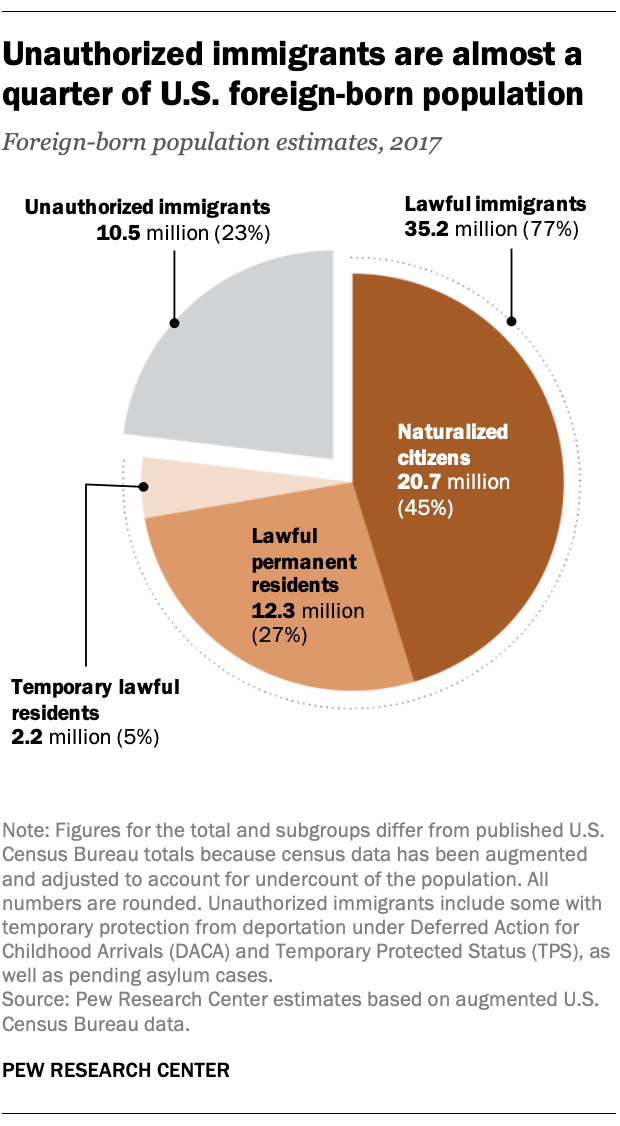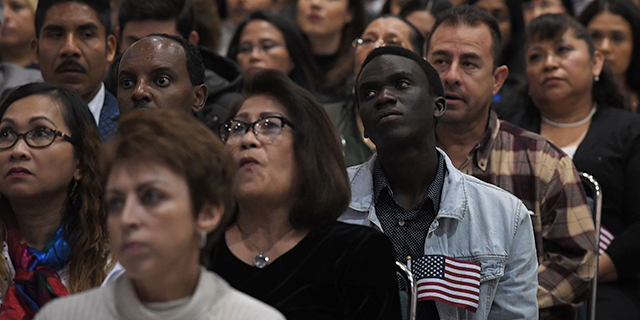In All Fairness : U.S. Immigration/Refugee Intake
"It's the complete, 100 percent focus on harsher options that will deter the influx, with a disregard for managing what's happening."
"We have a lot more families, a lot more unaccompanied children, and the focus has just been on how can we deter, rather than how can we handle."
Department of Homeland Security official
"This [considerations toward radical alterations to the immigration laws risk sending the wrong signal by decriminalizing illegal border crossings] is tantamount to a public declaration [repeated and amplified by smugglers in Central America] that our borders are effectively open to all."
"This will increase the recent levels of monthly apprehensions at our Southern border -- about or more than 100,000 -- by multiples."
Jeh Johnson, homeland security secretary, Obama administration
 |
| The Statue of Liberty in New York Harbor. (Photo: Thomas Dwyer) |
In 2000, the Clinton administration saw the highest number of total deportations. At that time over 1,860,000 people left the United States in a combination of removal and return, with roughly nine people returned for every one individual removed. This data was compiled by the Office of Immigration Statistics in an effort to harmonize returns and removals from the U.S. back to 1927.
The number of people returned during the George W. Bush administration far exceeded those who were removed. Close to 360,000 people were removed and over 810,000 people were returned -- for an average of one person removed for every two people returned, during G.W. Bush's final year in office.
The number of removals under President Obama, on the other hand, vastly exceeded the number of returned people, a change driven through the emphasis by the administration on removals and by fewer illegal crossings coinciding with the recession. The change in balance was attributed to the fact that there simply were fewer crossings thus resulting in fewer returns.
Compulsory removals peaked in 2013 when over 432,000 people were removed by the Obama administration. Close to 179,000 people were returned, for a ratio of 2.4 people removed for every one person returned, that same year. Augmenting the deportations and softening the impact on the unauthorized immigrant population was the Deferred Action for Childhood Arrivals program.
The final year of the Obama administration mirrored the first year of the Trump administration when about three people were removed for every one returned, in 2016 and 2017. The Pew Research Center estimates the presence of 10.5 million people living in the United States without authorization. The peak was reached a decade ago, at over 12 million illegals living in the U.S. Many of these represented long-term residents as well as recent arrivals.

Recently, the top echelon of Democratic candidates opted for support of decriminalizing illegal border crossings. Those not in favour of such a dramatic step compare such a move to the "federal equivalent of a parking ticket" that would expunge penalties such as family separation and detention. President Donald Trump's recent announcement of a series of Immigration and Customs Enforcement raids in ten cities roused great controversy.
The purpose was to target thousands of people issued with deportation orders. In the first weekend of the announced procedure, a mere handful of arrests had taken place. The issue of undocumented, illegal people entering and living in the United States in such monumental numbers is one that various administrations have struggled to find a solution for. This administration is only the latest in a protracted search for a plan to divest the country of illegal residents.
This is a country that is reputed to take in about a million legal immigrants yearly. The U.S. accepts more immigrants than any other country in the world. One in seven citizens in the U.S. is foreign born, from all over the world. Every country has the right to select whom they will permit to enter their borders and to live among their citizens. Those wishing to emigrate from their countries of origin have the option of filing a legal application. The U.S. takes in its share of refugees as well. In 2016, 85,000 refugees from around the world were accepted by the U.S.
 |
| Immigrants listen to a speech as they wait to become U.S. citizens at a naturalization ceremony in Los Angeles. (Mark Ralson/AFP/Getty Images) |
Labels: Crisis Management, Illegal Migrants, Immigration, Political Realities, Refugees, United States
0 Comments:
Post a Comment
<< Home